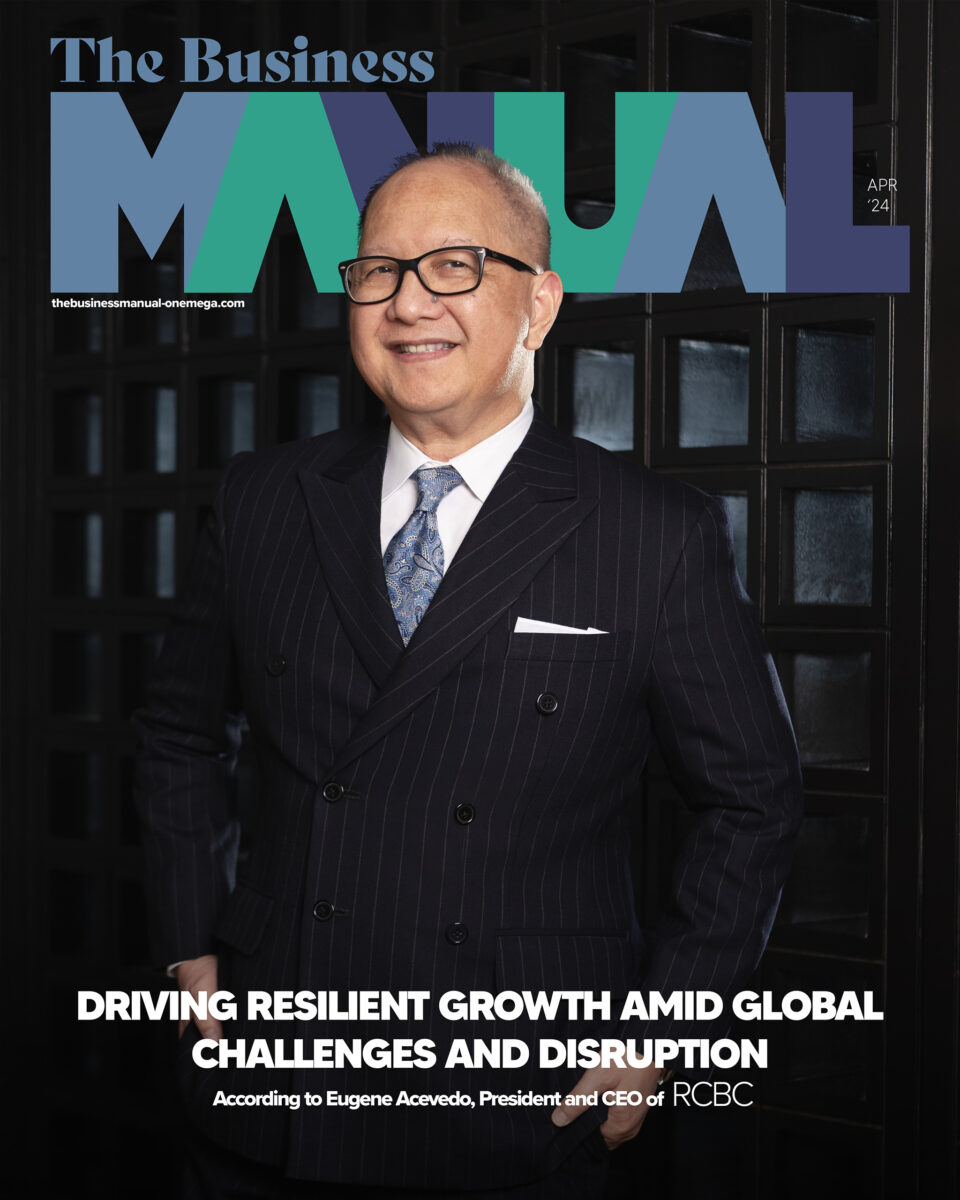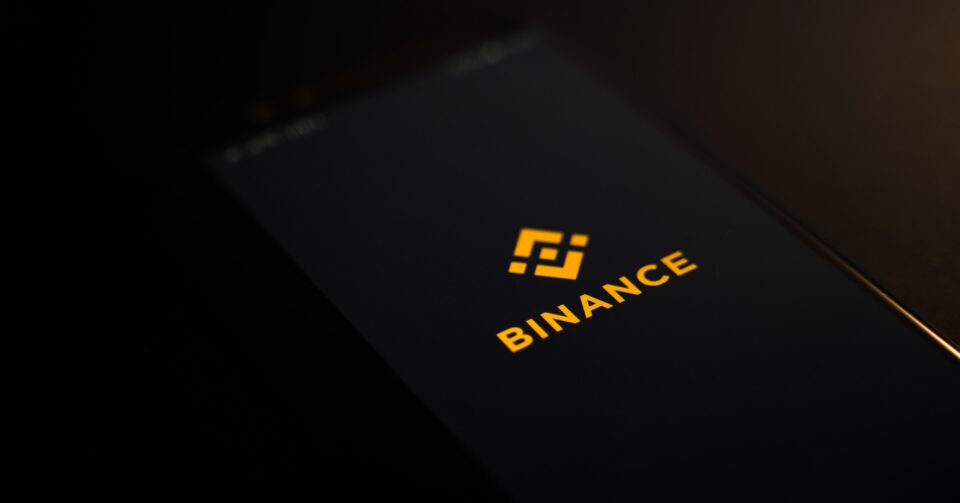SEC to Block Access to the World’s Largest Cryptocurrency Exchange

The SEC’s decision comes after the CEO of Binance pleaded guilty to breaking anti-money laundering laws in the US
While cryptocurrency has been plagued with controversy, it cannot be denied that the market has been growing immensely in the past few years. In fact, its worldwide market capitalization was estimated to be at USD1.09 trillion (approximately PHP60.40 trillion) as of August 2023. Last November 28, the Securities and Exchange Commission (SEC) began the process of blocking access to Binance, the world’s largest cryptocurrency exchange.
This comes after Binance’s CEO, Changpeng Zhao, pleaded guilty on November 21 to criminal charges relating to anti-money laundering laws in the United States. Zhao also stepped down as CEO. According to a report, this is a part of a $4.3 billion (approximately PHP 238.9 billion) settlement that was agreed upon with the Department of Justice.
Why Is the SEC Blocking Cryptocurrency Exchange Binance?
The SEC has noted that Binance is not a registered corporation here in the Philippines. A report by Reuters adds the cryptocurrency exchange has been operating locally without a license. Binance has no authority to sell or offer any form of securities.
The commission has asked Alphabet and Meta to ban online Binance advertisements in the Philippines on Google and Facebook, respectively.
The SEC has also warned that anyone caught “selling via or convincing people to invest in the platform” may be held criminally liable for their actions. Anyone caught may be penalized with a maximum fine of PHP5 million, imprisoned for 21 years, or both.
How Will This Affect Filipino Binance Users?
Binance has approximately 3.4 million users in the Philippines. For these users, there is still time for them to pull out all their investments from the cryptocurrency exchange.
The removal of access to Binance will take effect three months from the day the advisory was issued by the commission. As the advisory was issued on November 28, users will have until February to pull out their investments.

